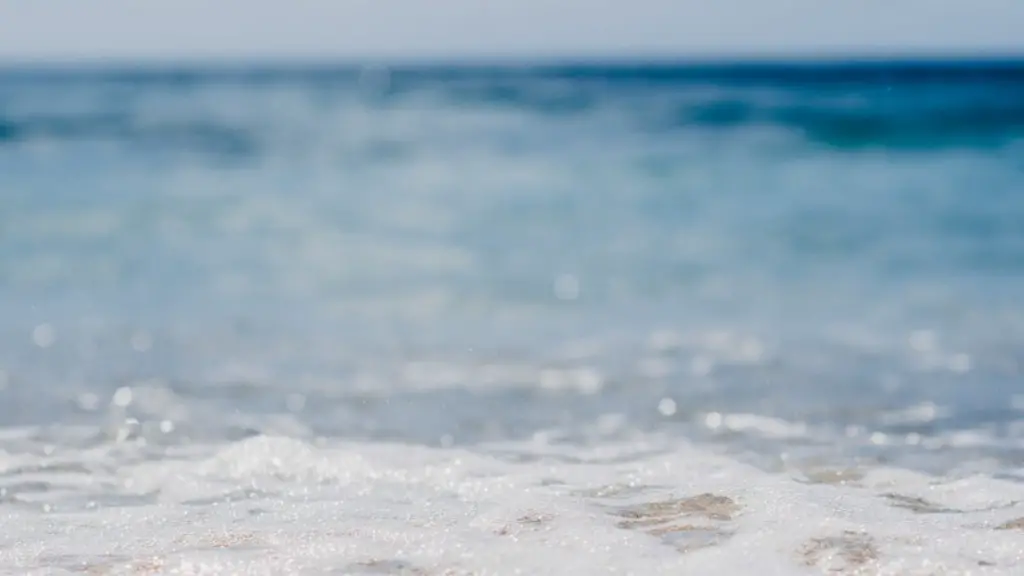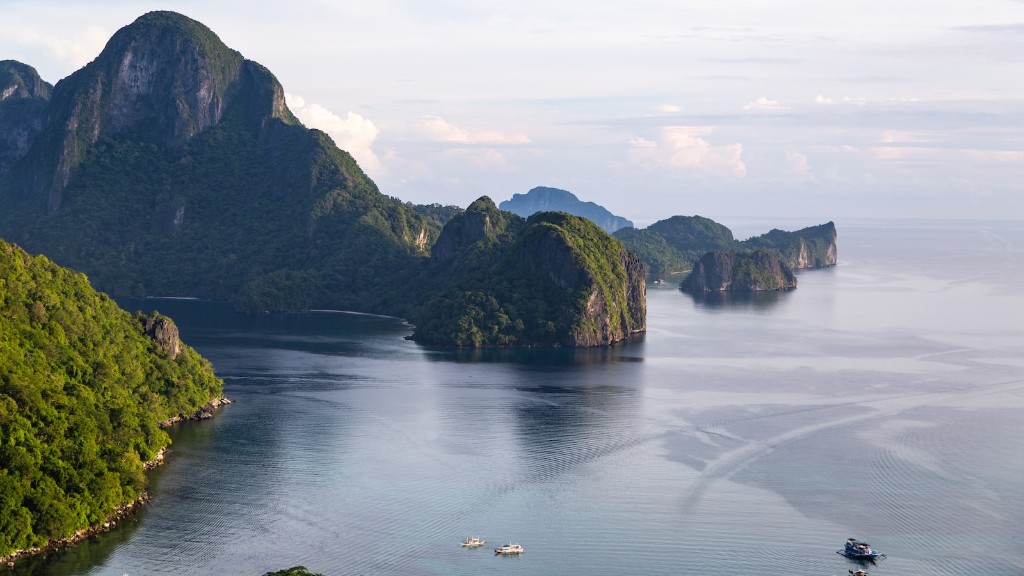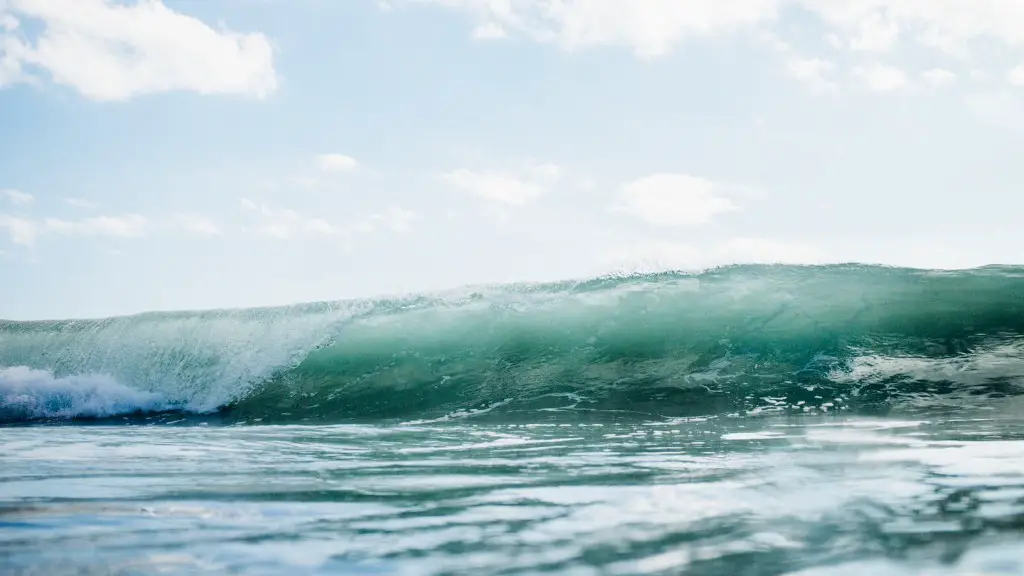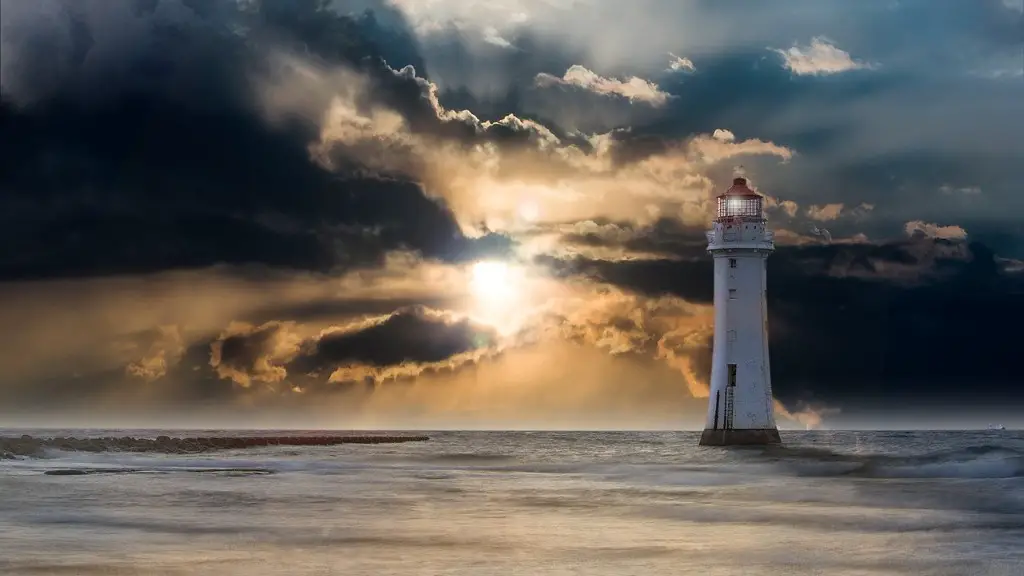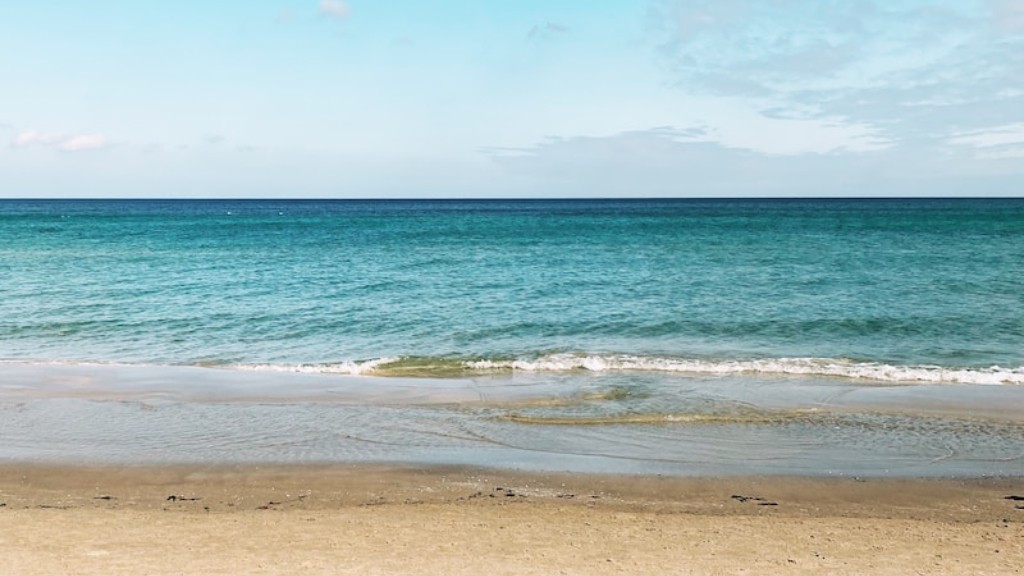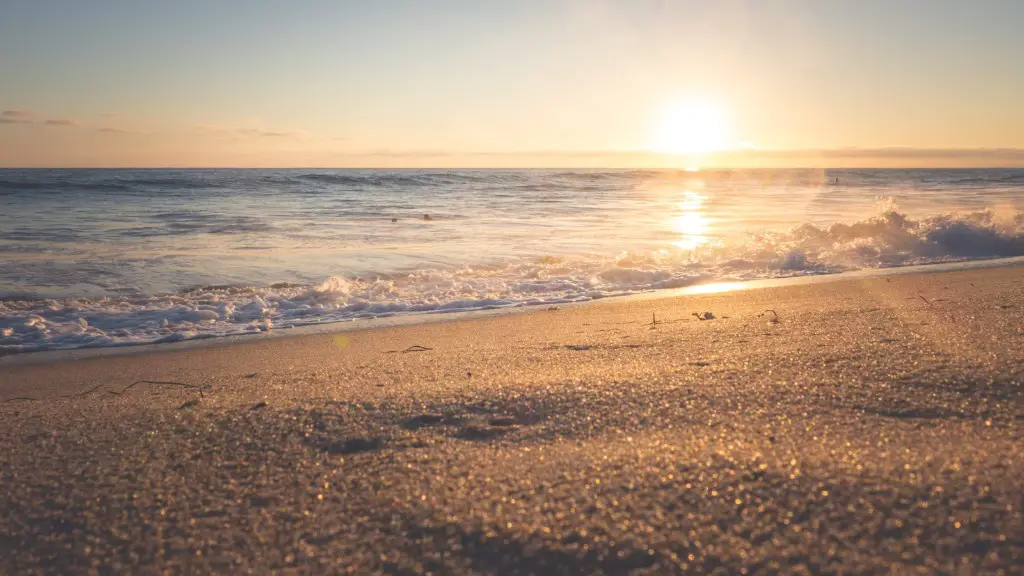The Black Sea is one of the world’s largest inland bodies of water, bounded by Europe, Asia, and the Caucasus. It has an area of some 168,500 square miles (436,400 square kilometers) and a coastline of about 5,200 miles (8,400 kilometers).
The area of the Black Sea is 416,000 km².
How big is the Black Sea compared to a state?
The Black Sea is a large body of water located between Europe and Asia. It has a surface area of 436,400 km², which is somewhat larger than Germany or slightly larger than the US state of California. An estimated 16 to 17 million people live in the coastal regions of the Black Sea. The Black Sea is an important body of water for trade and transportation, as well as being a popular tourist destination.
The Black Sea is bordered by several countries, including Russia, Turkey, and Ukraine. It has a maximum east-west extent of about 730 miles (1,175 km), and the shortest distance between the tip of Crimea and Cape Kerempe to the south is about 160 miles (260 km). The Black Sea is an important shipping route for several countries, and it is also a popular tourist destination.
Can you swim in the Black Sea
The Black Sea is a popular summer destination for many looking for refuge from the heat. The Black Sea has a unique feature, which might make people believe it is not swimmable. The Black Sea is anoxic, meaning there is only a small amount of dissolved oxygen in the water. However, the Black Sea is COMPLETELY SAFE to swim in.
The littoral zone of the Black Sea is the area along the shoreline that is closest to the land. This area is often referred to as the Pontic littoral or Pontic zone. The largest bays of the Black Sea are Karkinit Bay in Ukraine; the Gulf of Burgas in Bulgaria; Dnieprovski Bay and Dniestrovski Bay, both in Ukraine; and Sinop Bay and Samsun Bay, both in Turkey.
Why is there no oxygen in the Black Sea?
The halocline is a layer in the ocean where the water density increases sharply with depth. This density gradient makes it difficult for oxygen and other nutrients to mix between the layers. The result is that the deep waters are often deprived of oxygen, which can lead to problems for marine life.
The Black Sea is the largest water body with a meromictic basin, which means that the movement of water between the lower and upper layers of the sea is a rare phenomenon to find anywhere in the world. This is due to the high salt content in the lower layers of the sea, which prevents the water from mixing.
Does the Black Sea freeze in winter?
It is fascinating to think that the Black Sea – which is so warm in the summer – can freeze over in the winter. This process is called “Black Sea freezing” and it is observed regularly in the northern parts of the Black Sea, near the Kerch Straits. Occasionally, during cold winters, the freezing process will spread further south and reach the Romanian coast. This phenomenon is caused by a combination of factors, including the cold winds that blow down from Russia, the shallow depth of the Black Sea, and the high salt content of the water.
UKRferry provides several routes across the Black Sea, including one crossing per week on the Turkey – Ukraine crossing. This crossing takes approximately 23 hours.
Can ships go from the Black Sea to the Mediterranean
The Montreux Convention is a set of rules that govern access to the Bosporus and Dardanelles, which connect the Black Sea to the Mediterranean Sea. According to the Convention, countries with a coastline on the Black Sea have unlimited access to the waters, while non-resident countries are limited in the number of ships they can send in and the size of those ships.
The Ross is one of four American destroyers currently assigned to the Black Sea Fleet and is based in Rota, Spain. The ship is armed with Tomahawk missiles and Mk 45 5-inch guns.
Are there sharks in Black Sea?
The Black Sea is home to world’s biggest, most productive spiny dogfish sharks, but this remarkable, global species is in danger of extinction. Scientists believe that overfishing is the main threat to these animals, as they are often caught as bycatch in other fisheries. Spiny dogfish sharks are slow-growing and long-lived, which makes them especially vulnerable to overfishing. Moreover, their reproductive strategy – giving birth to live young – also makes them more sensitive to population decline. While some effort has been made to reduce the impact of fisheries on spiny dogfish sharks, much more needs to be done to protect this species from extinction.
The Black Sea is home to a wide variety of marine life, including bottlenose dolphins and over 180 species of fish. Tuna, anchovy, herring, and mackerel are just some of the many types of fish that can be found in the Black Sea. The white sturgeon is also a popular fish in the Black Sea.
What is the Black Sea myth
The ancient Greeks believed that the Black Sea was the entrance to the kingdom of the dead. This is why they called it the ‘Inhospitable Sea.’ Travelers’ stories shared legends about the Inhospitable Sea, which mercilessly smashed and drowned ships.
The name ‘Black Sea’ is thought to originate from the Anatolian Turks, who referred to the South as ‘white’ and the North as ‘black’. However, the first written use of the term ‘Black Sea’ was in a Hungarian document, and it has since been used in sources from Nordic countries.
How do ships get to the Black Sea?
The Bosporus and Dardanelles straits are the only passage from the Black Sea to the Mediterranean. The straits are located in Turkey and connect the Aegean Sea to the Black Sea. The Bosporus is located in Istanbul and is the busiest strait in the world. The Dardanelles is located south of the Bosporus and is much narrower.
The Bosporus Strait is a narrow, man-made waterway that connects the Black Sea to the Sea of Marmara. It is considered one of the busiest shipping channels in the world.
The strait is coated on each side by Bosporus fortresses, including the famous Rumelihisarı and Anadoluhisarı.
The Bosporus is also a strategically important waterway, as it provides Russia’s Black Sea Fleet with access to the Mediterranean Sea.
In recent years, the Turkish government has been trying to increase its control over the strait. In 2020, Turkey closed the strait to foreign naval vessels for the first time in history.
The closure of the strait has been a major source of tension between Turkey and the West. The United States has criticized the closure, arguing that it violates the 1936 Montreux Convention.
The Montreux Convention is an international treaty that governs the use of the Bosporus and the Dardanelles. The convention gives Turkey control over the strait but stipulates that it must be open to civilian shipping and the warships of all nations.
The closure of the strait has also impacted the economy of Turkey.
Why does the Black Sea smell
The Black Sea harbors vast quantities of hydrogen sulfide, the toxic gas associated with the smell of rotten eggs. This gas is produced by sulfate-reducing bacteria that live in the anoxic waters below the pycnocline. When these bacteria consume sulfate, they produce hydrogen sulfide as a by-product. This gas is very toxic to most organisms, and it is thought to be responsible for the Black Sea’s reputation as a “dead zone.”
The Black Sea is home to several species of sharks, including the spiny dogfish, smooth hammerhead, angelshark, and common thresher shark. However, all of these species are declining in population due to fishing in the area. Sharks are often not the target species of fishermen in the Black Sea, but are caught accidentally.
Warp Up
The black sea is roughly 416,000 square kilometers.
The Black Sea is a big body of water and its area is around 430,000 square miles.
